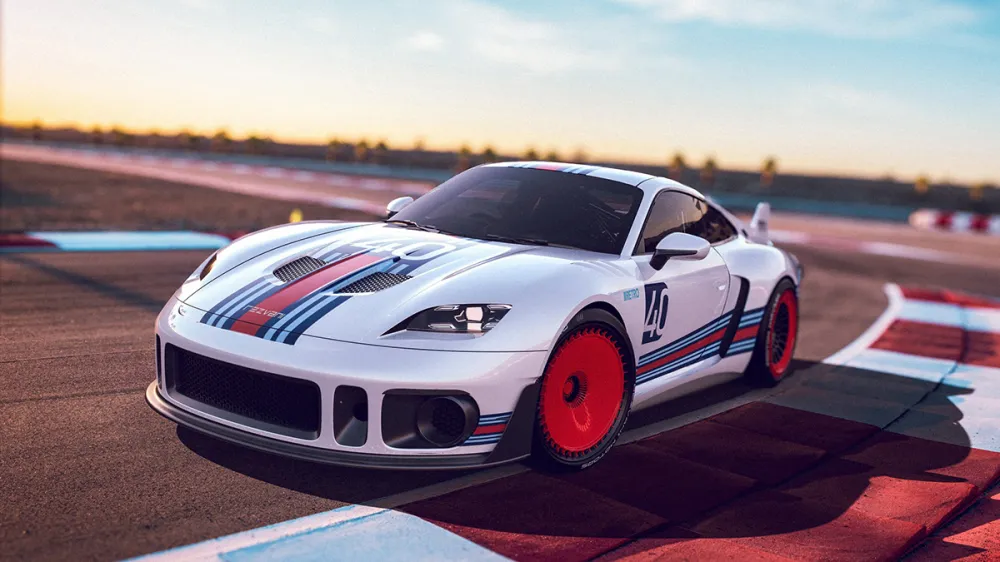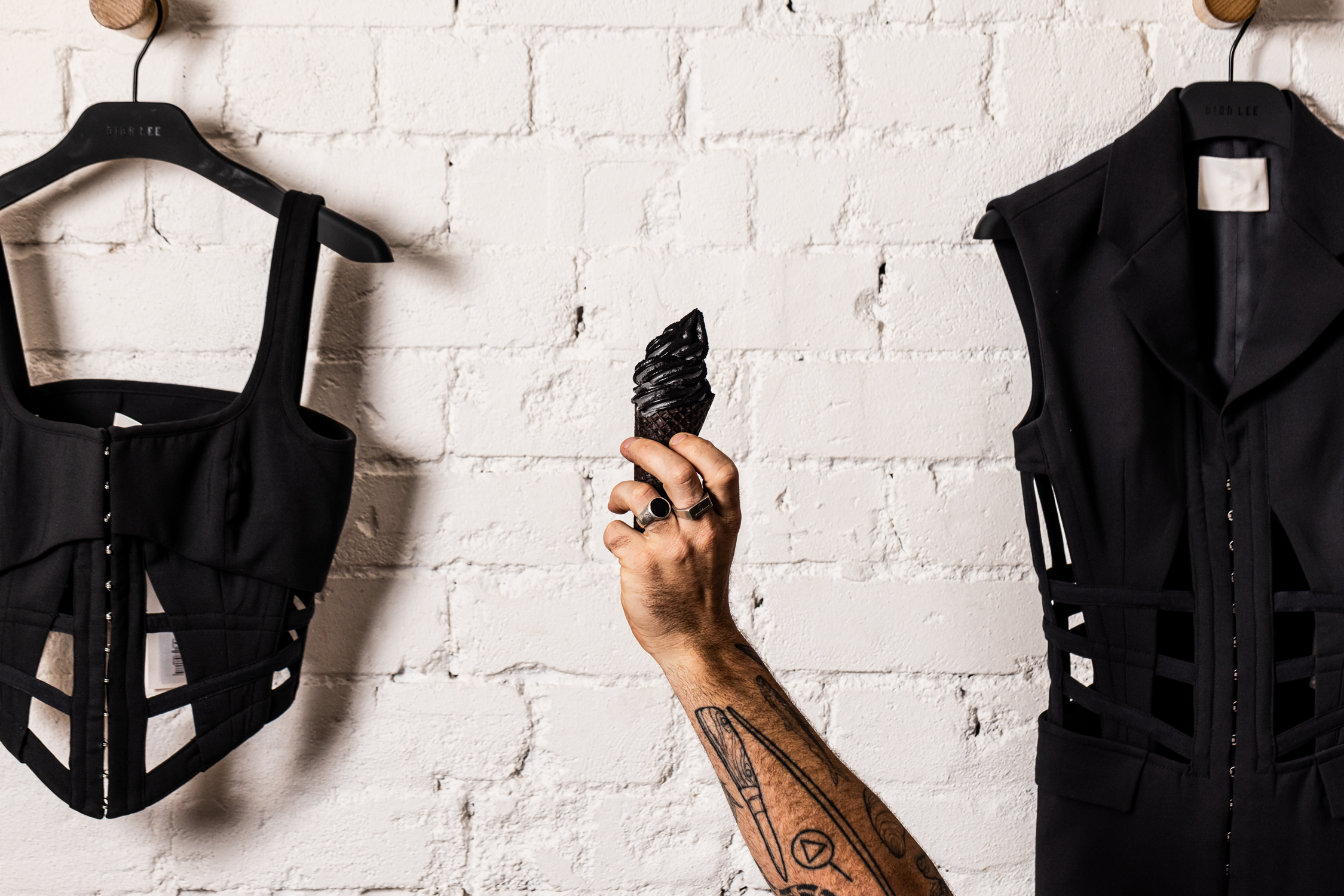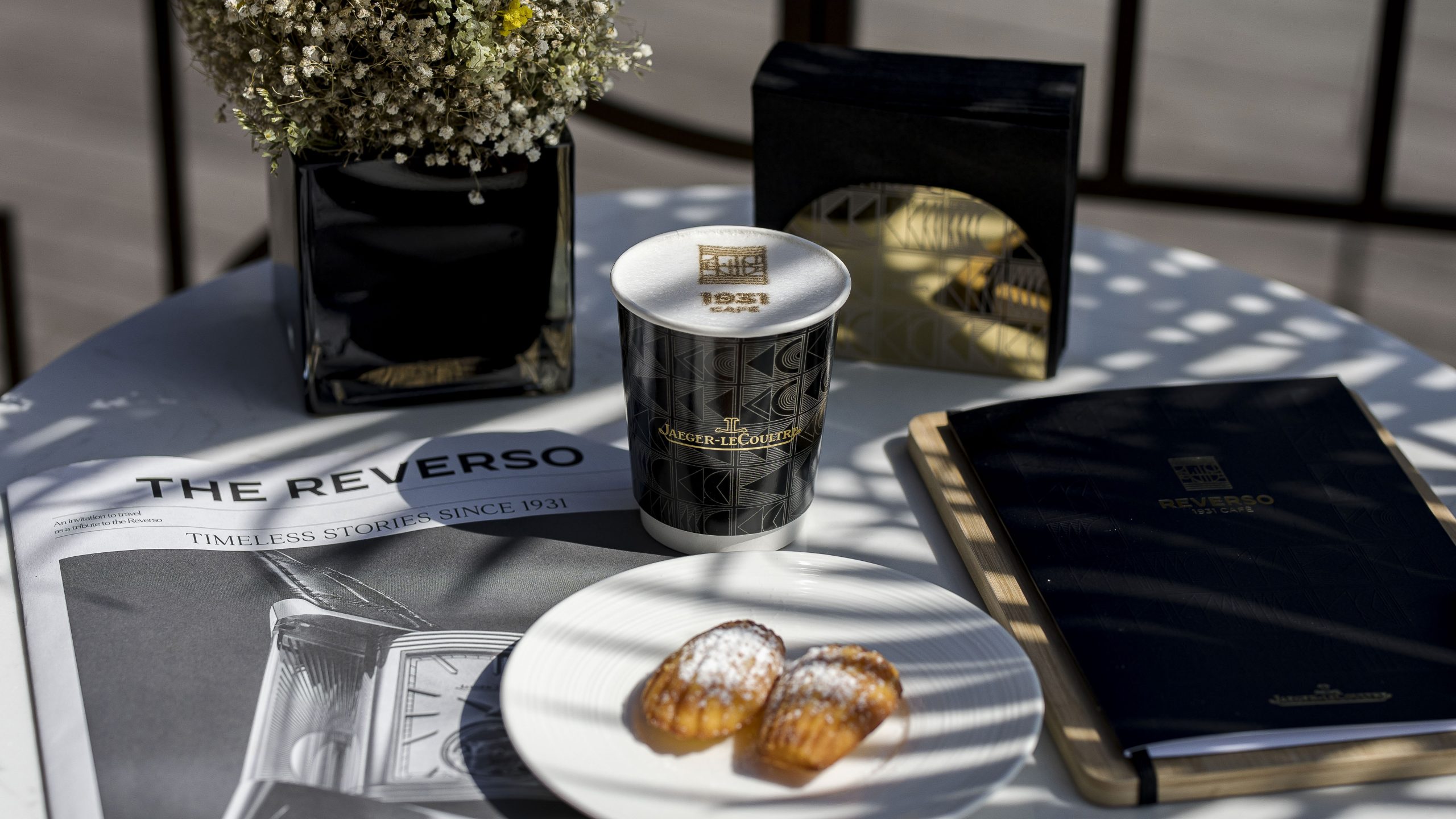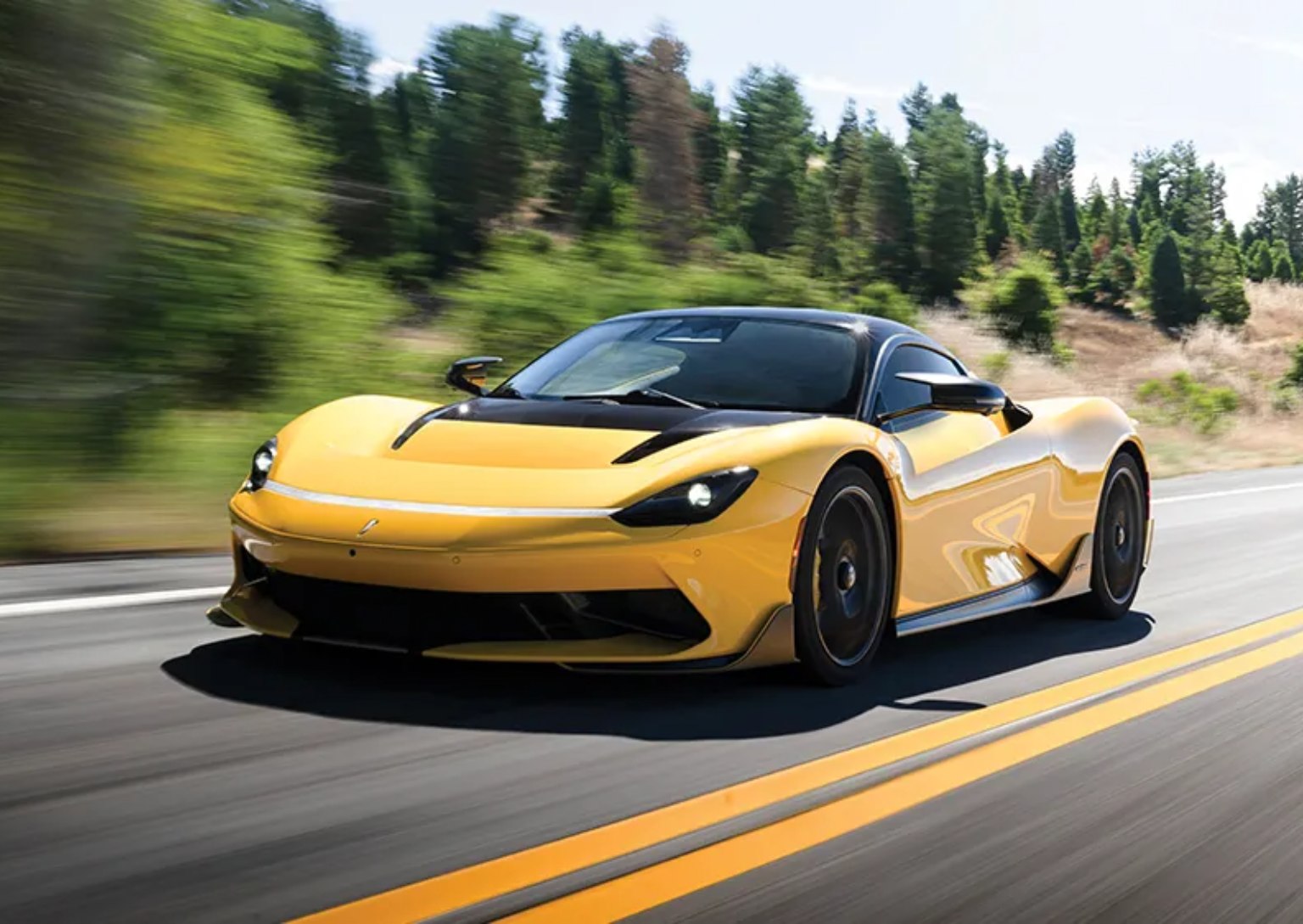
First Drive: Pininfarina Battista
The Italian marque’s first production hypercar is 1416 kW of unbridled, all-electric fury.
Related articles
At a dead stop under a cloudy sky, I reposition my hands on the steering wheel and ensure the proper bend of the elbows, oblivious to whether or not I’m breathing. Focus, instead, is on projecting a confident nonchalance to the engineer in the passenger seat, but it’s a struggle. Tom Petty was right—the waiting is the hardest part. “All clear,” crackles the walkie-talkie communiqué from the spotter ahead, and with Pavlovian response, my right foot meets the floor and the all-electric, 1416 kW hp Pininfarina Battista feels like it might warp physics in its attempt to cover zero to 96km/h in 1.79 seconds.
The rollout of Pininfarina’s first solo production vehicle in its 93-year history, however, has been quite a bit slower. After Battista “Pinin” Farina launched his eponymous carrozzeria in 1930, it quickly gained renown for collaborations with the likes of Maserati, Alfa Romeo, and, most notably, Ferrari—all wanting to have their models dressed in the atelier’s patrician bodywork, which looked like it had been sculpted by the wind and came to define the golden age of motorsport. And while most coachbuilders shuttered when growing postwar demand increased automation, Pininfarina persevered all the way into the EV era, though now owned by India’s Mahindra Group and divided into a commercial design house and the nascent automaker responsible for the controlled fury I’m currently piloting.

Considering the approximately AUD$3.7 million entry point for the Battista, of which only 150 will be made, I’m initially underwhelmed when climbing into the cockpit despite vibrant yellow contrast stitching set against the geometrically patterned upholstery. The steering wheel’s controls, the two 10.3-inch touchscreen displays on either side, the small telemetry screen in front, and the two selector knobs below constitute the entirety of the dash instrumentation.
Yet that same minimalism is welcomed once underway on this straight canyon artery in Southern California’s Santa Monica Mountains, as there’s little to distract from the seamless detonation of power delivered by the Battista’s quartet of independent electric motors—each placed at a wheel and together enabling a top speed of over 350km/h—and the 120 kWh lithium-ion battery. The latter can be replenished from 20 to 80 percent in 25 minutes and allows for a 483-kilometre range—although the chance of reaching anything close to that is ludicrous when in Energica or Furiosa, the two most aggressive drive modes of the five that include Calma, Pura, and the customisable Carattere.
Although each of the dynamic settings varies the output’s composed soundtrack, I barely perceive the subtle song over the bombardment of gravel against the low-slung coupe’s undercarriage as the 20-inch forged-aluminium wheels, shod in custom Michelin Pilot Sport Cup 2R rubber, explore the edges of the road. The all-wheel-drive machine, with double-wishbone suspension and semi-active dampers, makes it easy to get in sync with the turns, thanks to its combination of surgically precise steering, grip-bolstering torque vectoring, and requisite suite of stability controls.

As for the regenerative braking, it can be adjusted to taste and terrain, although it never seems overly intrusive. More noticeable is the impact of the active aero, specifically the rear wing, which contributes up to 551 pounds of downforce during another sprint, then becomes an air brake when it’s time to quickly shed speed. Working in concert are Brembo’s six-piston carbon-ceramic stoppers that can bring the 2380-kilogram Battista to a standstill from 100km/h in 31 metres—impressive, but still about 1.8 more metres than required by the 1427 kW Rimac Nevera.
Collaboration is still a hallmark of Pininfarina, and much of the Battista’s rarefied foundation is shared by the Nevera. “The rolling chassis is a codevelopment that we started five years ago with our partner Rimac,” says Paolo Dellachà, CEO of Automobili Pininfarina. “Many of the systems are common, although tuned specifically for us.”
The real differentiator from other zero-emissions monsters is design. The Battista, built on a carbon fibre monocoque chassis draped in yet more carbon fibre, eschews excessive creases and exaggerated ducts, instead presenting a fluid, brushstroke aesthetic that traces back to Pininfarina’s original coachwork and hints at classics such as the 1947 Cisitalia 202.

Interestingly, while mass-produced economy models are becoming visually homogenous, the burgeoning EV-hypercar field runs the same risk when it comes to mind-bending drive dynamics. (Though would anyone complain?) For that reason alone, Pininfarina may be better positioned than most in the exclusive market due to its name recognition, stylistic legacy, and uninterrupted ties back to some of the most romantic and beautiful eras in automotive history.
To that point, a preproduction version of the Battista already garnered the Design Award from judges at the 2021 Concorso d’Eleganza Villa d’Este, and in August, Dellachà and team debuted the B95 roadster (in terms of competitive set, think McLaren Elva and Lamborghini SC20) based on the Battista platform and limited to only 10 examples, each starting at around $4.8 million. The accolade and recent unveiling validate the fact that just because there’s a paradigm shift in power trains doesn’t mean our collective breath can’t be taken away. That, of course, was the primary concern of Battista Farina himself, who famously said, “Above all, it must be beautiful.”
Subscribe to the Newsletter
Recommended for you
8 Fascinating Facts You Didn’t Know About Aston Martin
The British sports car company is most famous as the vehicle of choice for James Bond, but Aston Martin has an interesting history beyond 007.
May 1, 2024
Rezvani Will Rebuild Your 911 to Go From Zero to 100 in Two Seconds
The shop will build a version of the RR1 based on the Carrera S, GT3, and Turbo S
By Bryan Hood
April 23, 2024
You may also like.
10/05/2024
By Josh Bozin
02/05/2024
You may also like.
Painted Black
Dion Lee is teaming up with Cho Cho San for an Australian Fashion Week event.
The more things change, the more things stay the same. Nowhere more than in the fashion world. Despite the vagaries of taste, black remains the go-to colour of choice. Fitting, then, that for next week’s Australian Fashion Week, the perennially black-clad media darling Dion Lee has partnered with Pott’s Point Izakaya joint Cho Cho San on a black-themed late-night ramen bar.
Lee, based in New York and not showing in Sydney next week, has worked with the restaurant to create a menu inspired by his inky, haute-industrial aesthetic and favourite flavours.
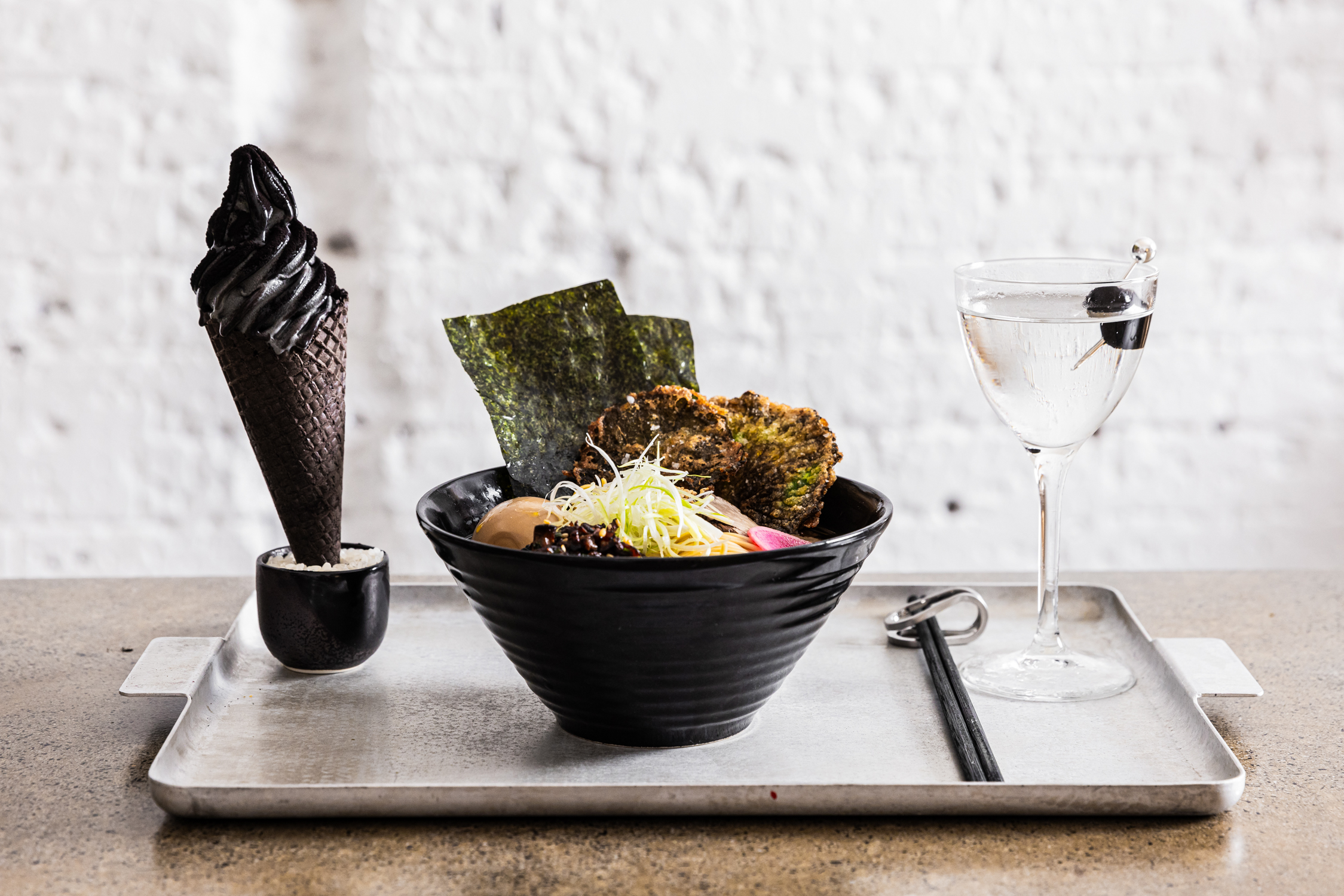
As part of the signature offering ($50pp) guests are offered “Dion’s Martini” on arrival (his take on the classic vodka drink spiked with a black olive, natch), a Tokyo-style shoyu ramen with shitake mushrooms, smoked daikon and crunchy tempura shiso leaf, and a winning black sesame and cocoa soft-serve ice-cream replete with black cone. (Trust us, it tastes infinitely better than it sounds.)
Lee rarely strays outside his fashion lane, but a little blackbirdie tells us to expect an announcement soon about a major new collaboration. Let’s hope it involves black ice cream.
Cho Cho San x Dion Lee: Late Night Ramen Bar
Available from May 13-16, 5pm to late.
Signature set: $50pp includes Dion’s Martini, Tokyo Shoyu Ramen and Black Sesame Soft Serve.
To book click here
You may also like.
By Josh Bozin
02/05/2024
30/04/2024
A New Chapter for Jaeger-LeCoultre’s ‘Reverso Stories’
A special Reverso exhibit arrives in Sydney this week.
Few watch enthusiasts would be unfamiliar with Jaeger-LeCoultre and its enduring Reverso collection. Since 1931, the Reverso has been celebrated as one of the great dress watches of the 20th century.
In recent years, the watch has gone from strength to strength—in 2023 alone, we received the new Reverso Tribute Chronograph, the impressive Duoface Tourbillon, and the slimmer Reverso Tribute Small Seconds—capturing the imagination of casual observers, collectors, and those looking to scale the horological ladder.
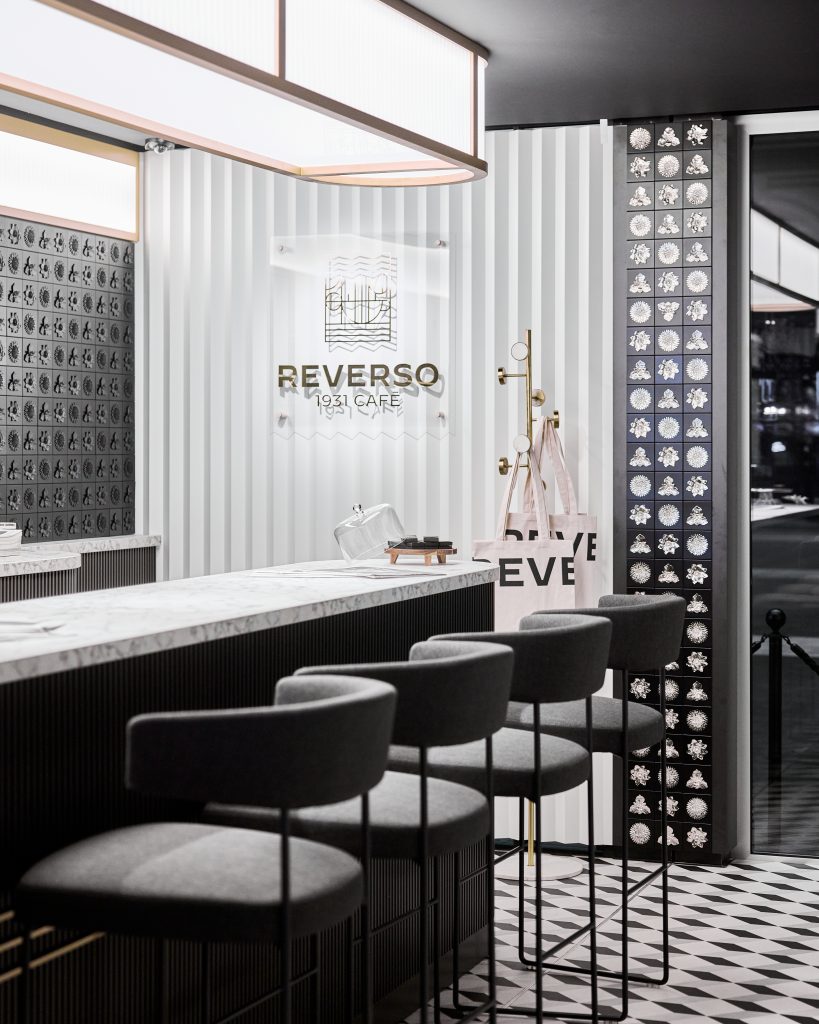
It is also part of the cultural conversation thanks to exceptional branding experiences, such as ‘Reverso Stories’, a travelling experiential trunk show. Jaeger-LeCoultre is again summoning its movable experience to Australia, this time in the heart of Sydney’s CBD. For a limited time, eager fans can glimpse the Reverso collection up close via a multi-sensory exhibition tracing the history of this remarkable timepiece.
Presented in four chapters ( Icon, Style and design, Innovation, and Craftsmanship), the Reverso story will be told through the lens of Jaeger-LeCoultre’s expert watchmakers, who combine nine decades of craftsmanship, inventiveness, and design into one interactive experience.

As a bonus, guests will be privy to a large-scale art installation by Korean artist Yiyun Kang—commissioned by the Maison under its ‘Made of Makers’ programme—and the launch of three exceptional new Reverso timepieces, yet to be revealed. These watches will showcase skills such as enamelling, gold-leaf paillonage, and gem-setting, mastered by the manufacturer’s in-house Métiers Rares (Rare Handcrafts) atelier.
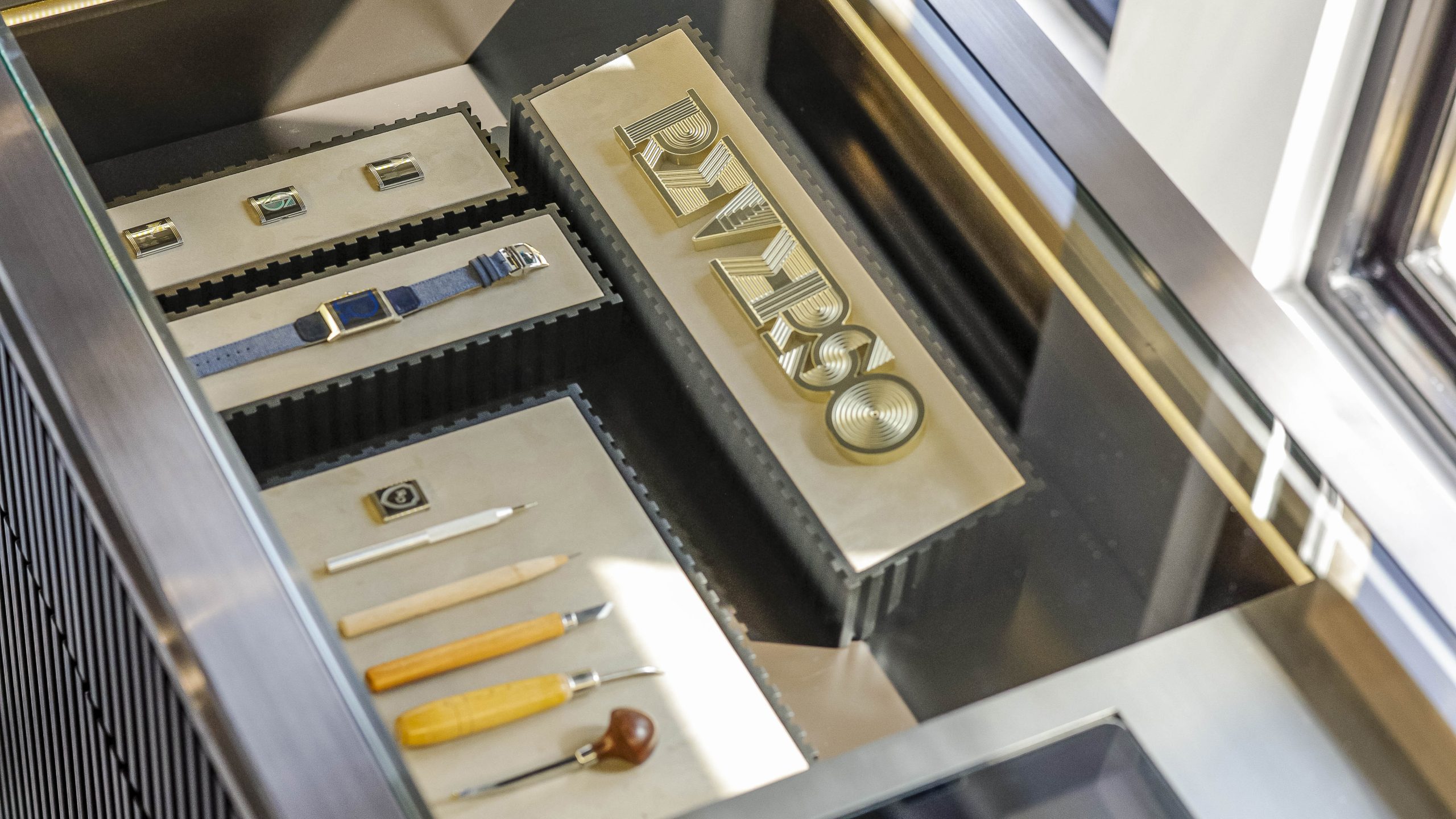
Completing the immersion into the spirit of Art Deco, guests will be able to enjoy a complementary refreshment post-experience at the pop-up Jaeger-LeCoultre 1931 Café.
—
‘Reverso Stories’ will be held in Sydney’s Martin Place from 10–19 May 2024. It will be open daily from 9 a.m. to 7 p.m. (and 5 p.m. on Sundays) and free to the public. Visitors are welcome to book online here or register upon arrival.
For more information, visit Jaeger-LeCoultre.
You may also like.
Watch of the Week: TAG Heuer Formula 1 | Kith
The legendary sports watch returns, but with an unexpected twist.
Over the last few years, watch pundits have predicted the return of the eccentric TAG Heuer Formula 1, in some shape or form. It was all but confirmed when TAG Heuer’s heritage director, Nicholas Biebuyck, teased a slew of vintage models on his Instagram account in the aftermath of last year’s Watches & Wonders 2023 in Geneva. And when speaking with Frédéric Arnault at last year’s trade fair, the former CEO asked me directly if the brand were to relaunch its legacy Formula 1 collection, loved by collectors globally, how should they go about it?
My answer to the baited entreaty definitely didn’t mention a collaboration with Ronnie Fieg of Kith, one of the world’s biggest streetwear fashion labels. Still, here we are: the TAG Heuer Formula 1 is officially back and as colourful as ever.
As the watch industry enters its hype era—in recent years, we’ve seen MoonSwatches, Scuba Fifty Fathoms, and John Mayer G-Shocks—the new Formula 1 x Kith collaboration might be the coolest yet.

Here’s the lowdown: overnight, TAG Heuer, together with Kith, took to socials to unveil a special, limited-edition collection of Formula 1 timepieces, inspired by the original collection from the 1980s. There are 10 new watches, all limited, with some designed on a stainless steel bracelet and some on an upgraded rubber strap; both options nod to the originals.
Seven are exclusive to Kith and its global stores (New York, Los Angeles, Miami, Hawaii, Tokyo, Toronto, and Paris, to be specific), and are made in an abundance of colours. Two are exclusive to TAG Heuer; and one is “shared” between TAG Heuer and Kith—this is a highlight of the collection, in our opinion. A faithful play on the original composite quartz watch from 1986, this model, limited to just 1,350 pieces globally, features the classic black bezel with red accents, a stainless steel bracelet, and that creamy eggshell dial, in all of its vintage-inspired glory. There’s no doubt that this particular model will present as pure nostalgia for those old enough to remember when the original TAG Heuer Formula 1 made its debut.

Of course, throughout the collection, Fieg’s design cues are punctuated: the “TAG” is replaced with “Kith,” forming a contentious new brand name for this specific release, as well as Kith’s slogan, “Just Us.”
Collectors and purists alike will appreciate the dedication to the original Formula 1 collection: features like the 35mm Arnite cases—sourced from the original 80s-era supplier—the form hour hand, a triangle with a dot inside at 12 o’clock, indices that alternate every quarter between shields and dots, and a contrasting minuterie, are all welcomed design specs that make this collaboration so great.
Every TAG Heuer Formula 1 | Kith timepiece will be presented in an eye-catching box that complements the fun and colour theme of Formula 1 but drives home the premium status of this collaboration. On that note, at $2,200 a piece, this isn’t exactly an approachable quartz watch but reflects the exclusive nature of Fieg’s Kith brand and the pieces he designs (largely limited-edition).

So, what do we think? It’s important not to understate the significance of the arrival of the TAG Heuer Formula 1 in 1986, in what would prove integral in setting up the brand for success throughout the 90’s—it was the very first watch collection to have “TAG Heuer” branding, after all—but also in helping to establish a new generation of watch consumer. Like Fieg, many millennial enthusiasts will recall their sentimental ties with the Formula 1, often their first timepiece in their horological journey.
This is as faithful of a reissue as we’ll get from TAG Heuer right now, and budding watch fans should be pleased with the result. To TAG Heuer’s credit, a great deal of research has gone into perfecting and replicating this iconic collection’s proportions, materials, and aesthetic for the modern-day consumer. Sure, it would have been nice to see a full lume dial, a distinguishing feature on some of the original pieces—why this wasn’t done is lost on me—and perhaps a more approachable price point, but there’s no doubt these will become an instant hit in the days to come.
—
The TAG Heuer Formula 1 | Kith collection will be available on Friday, May 3rd, exclusively in-store at select TAG Heuer and Kith locations in Miami, and available starting Monday, May 6th, at select TAG Heuer boutiques, all Kith shops, and online at Kith.com. To see the full collection, visit tagheuer.com
You may also like.
10/05/2024
30/04/2024
8 Fascinating Facts You Didn’t Know About Aston Martin
The British sports car company is most famous as the vehicle of choice for James Bond, but Aston Martin has an interesting history beyond 007.
Aston Martin will forever be associated with James Bond, ever since everyone’s favourite spy took delivery of his signature silver DB5 in the 1964 film Goldfinger. But there’s a lot more to the history of this famed British sports car brand beyond its association with the fictional British Secret Service agent.
Let’s dive into the long and colourful history of Aston Martin.
You may also like.
10/05/2024
By Josh Bozin
02/05/2024
What Venice’s New Tourist Tax Means for Your Next Trip
The Italian city will now charge visitors an entry fee during peak season.
Visiting the Floating City just got a bit more expensive.
Venice is officially the first metropolis in the world to start implementing a day-trip fee in an effort to help the Italian hot spot combat overtourism during peak season, The Associated Press reported. The new program, which went into effect, requires travellers to cough up roughly €5 (about $AUD8.50) per person before they can explore the city’s canals and historic sites. Back in January, Venice also announced that starting in June, it would cap the size of tourist groups to 25 people and prohibit loudspeakers in the city centre and the islands of Murano, Burano, and Torcello.
“We need to find a new balance between the tourists and residents,’ Simone Venturini, the city’s top tourism official, told AP News. “We need to safeguard the spaces of the residents, of course, and we need to discourage the arrival of day-trippers on some particular days.”
During this trial phase, the fee only applies to the 29 days deemed the busiest—between April 25 and July 14—and tickets will remain valid from 8:30 am to 4 pm. Visitors under 14 years of age will be allowed in free of charge in addition to guests with hotel reservations. However, the latter must apply online beforehand to request an exemption. Day-trippers can also pre-pay for tickets online via the city’s official tourism site or snap them up in person at the Santa Lucia train station.
“With courage and great humility, we are introducing this system because we want to give a future to Venice and leave this heritage of humanity to future generations,” Venice Mayor Luigi Brugnaro said in a statement on X (formerly known as Twitter) regarding the city’s much-talked-about entry fee.
Despite the mayor’s backing, it’s apparent that residents weren’t totally pleased with the program. The regulation led to protests and riots outside of the train station, The Independent reported. “We are against this measure because it will do nothing to stop overtourism,” resident Cristina Romieri told the outlet. “Moreover, it is such a complex regulation with so many exceptions that it will also be difficult to enforce it.”
While Venice is the first city to carry out the new day-tripper fee, several other European locales have introduced or raised tourist taxes to fend off large crowds and boost the local economy. Most recently, Barcelona increased its city-wide tourist tax. Similarly, you’ll have to pay an extra “climate crisis resilience” tax if you plan on visiting Greece that will fund the country’s disaster recovery projects.
You may also like.
10/05/2024
By Josh Bozin
02/05/2024







